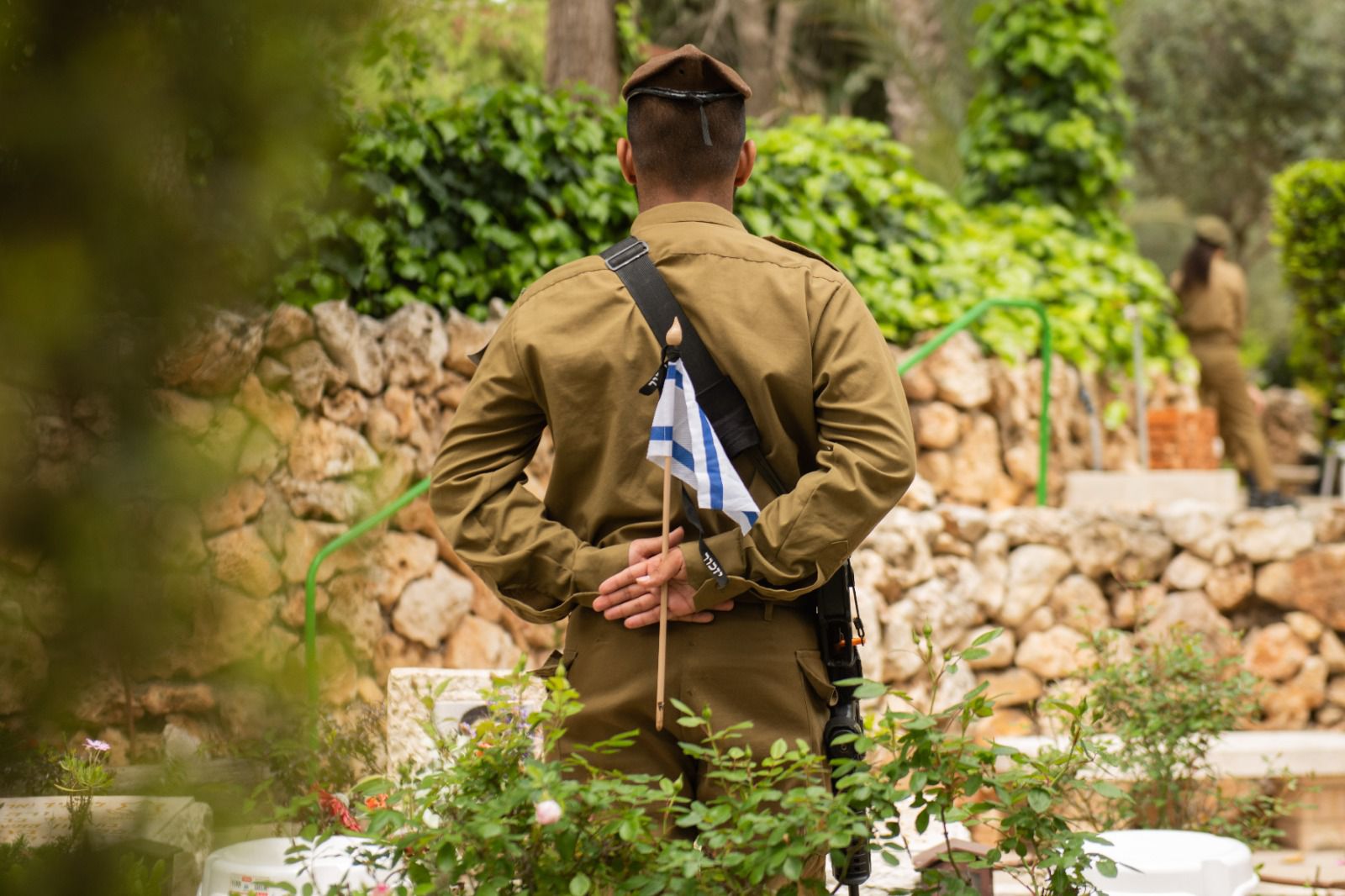A revolutionary educator and builder of Torah, the famed Alter of Slabodka, Rav Nosson Tzvi Finkel, zt’l, reoriented the focus of avodas Hashem on gadlus ha-adam, the inherent greatness of the human being. The Alter’s son-in-law and successor Rav Yitzchak Eizik Sher zt’l, transmitted the derech of Slabodka to the post-War generation of bnei Torah in Eretz Yisrael. A role model in midos development and a gaon in Torah, “Reb Eizik” provided inspiration, instruction and spiritual guidance to students throughout the Land.
Among those drawn to Reb Eizik was a young student at Yeshivas Chevron who had the privilege of escorting Reb Eizek home from yeshiva after davening each day. One morning, as they reached the door of Reb Eizek’s apartment, the Rosh Yeshivah shook his head and declared, “Nisht azoi, not like that….” Reb Eizek then turned around and began to make his way back to the yeshivah. When they arrived, Reb Eizek nodded to the young man, saying, “Noch amohl, again”, and began to walk back home, following the very same route as they always took. The young man looked quizzically at the Rosh Yeshivah.
Rav Eizik then adjusted his frock, rolled back his shoulders, stood up straight and tall, and looked the bachur in the eye: “Azoi, like this… geit a general, the way a general walks…” Standing tall and proud, together the Rebbi and talmid walked home.
~
…וּבְנֵי יִשְׂרָאֵל יֹצְאִים בְּיָד רָמָה.
“…And the children of Israel went out (of Egypt) with an upraised arm.”
(Shemos, 14:8)
Targum Onkelos translates, בְּיָד רָמָה an upraised arm, as בְּרֵישׁ גְּלֵי literally with head held high, implying that they left Mitzrayim with a sense of holy pride, empowerment and confidence. This uplifted posture is later contrasted with the constricted, disempowered posture of the slaves in Egypt, bent under the heavy yoke of oppression:
אֲנִי ה׳ אֱלֹקֵיכֶם אֲשֶׁר הוֹצֵאתִי אֶתְכֶם מֵאֶרֶץ מִצְרַ֔יִם מִֽהְיֹת לָהֶם עֲבָדִים… וָאוֹלֵךְ אֶתְכֶם קוֹמְמִיּוּת:
“I am Hashem, your God, Who took you out of the land of Egypt from being slaves to them; and I broke the pegs of your yoke and led you upright.” (26:13)
Indeed, Rashi quotes Midrash Toras Kohanim, saying that komemiyus, ‘upright’, means בקומה זקופה, ‘upright in stature’, due to your relief from bondage. After generations of suffering and slavery Hashem delivers us from exile, and not just physically, but by restoring our posture, our true ‘stature’.
Sefas Emes unfolds this insight. Each of us is made up of two ‘komos’: a קומה רוחנית and a קומה גשמית, a physical level and a spiritual level. Our physical body, whose height we can measure on the outside, is the ‘vessel’. Our spiritual soul, the light within the vessel, has its own kind of ‘stature’. Although there is a tension between the priorities and needs of the physical and spiritual, by observing mitzvos and committing to living Yiddishkeit with passion, we can achieve balance of these two komos and achieve the fullness of our potential by ‘standing tall’. We can assume our ultimate form and express our inherent spiritual level of greatness. This is the essence of our komemiyus: standing in the posture of our inner greatness, with uplift and pride in our identity and our observance.
This past week marked the day upon which the Lubavitcher Rebbe assumed the mantle of Jewish leadership in the shadow of the Holocaust, and breathed new life, hope and confidence into a broken nation emerging from darkness and the brink of decimation. Throughout more than half-century of leadership, the Rebbe launched campaigns toward restoring ‘authentic Jewish pride’, based on a return to Jewish identity, practice, values, ritual and tradition.
The Rebbe referred to this mission as Gaon Yaakov, manifesting it geopolitically as a national sense of self-respect, empowerment and pride, openly encouraging the most natural way for a Jew to express their identity: by “doing Jewish”. He called to a downtrodden, beaten nation to stand tall once again. He envisioned public expressions of Jewish life across the globe flourishing, celebrating Yiddishkeit without compromise.
The Rebbe’s spiritually radical model of “mitzvah campaigns’’ still challenges members of our community to step out of our comfort zone and share our wealth of knowledge, opportunities and blessings with others. From going out onto city streets to ask men to lay tefillin and women to light Shabbos candles, to holding massive Lag b’Omer parades and public Menorah lightings, the Rebbe made it his mission, and every Jew’s mission, to reach out and reveal the greatness, the treasure, of every Yiddishe neshamah — to sing, unabashedly, the song of a Nation reborn.
וַיַּאֲמִינוּ בַּה׳ וּבְמֹשֶׁה עַבְדּוֹ׃
“And they had emunah in Hashem and in Moshe, His servant….”
(14:31)
At the Yam Suf, not only did we awaken to emunah in Hashem, but also to emunah in ‘Moshe His servant, meaning all the Tzadikim and true leaders of the Jewish nation in every generation. Such luminaries restore our faith in ourselves, and redeem us from our personal enslavements, allowing us to emerge from our particular ‘exiles’ standing tall and confident. They guide us to live בְּרֵישׁ גְּלֵי, with our head held high, striding through life in our full komemiyus stature.
וַהֲבִיאֵנוּ לְשָׁלוֹם מֵאַרְבַּע כַּנְפוֹת הָאָרֶץ וְתוֹלִיכֵנוּ קוֹמְמִיּוּת לְאַרְצֵנוּ:
“Hasten and bring upon us blessing and peace quickly from the four corners of the earth, and speedily lead us upright to our homeland!”
(Blessings of the Shema of Shacharis)
May we be blessed to see miracles as at the Yam Suf, and to emerge from all our personal and national challenges standing tall, unapologetically confident in our unfolding redemption. May all our exiles return home to our Land with heads held high in holy pride.
~
P.S. The young man who escorted Reb Eizek each day and learned the lesson in gadlus ha-adam, Rav Baruch Mordechai Ezrachi zt’l, grew to become one of our generation’s great progenitors of the honor of Torah. Zechuso yagen aleinu!












